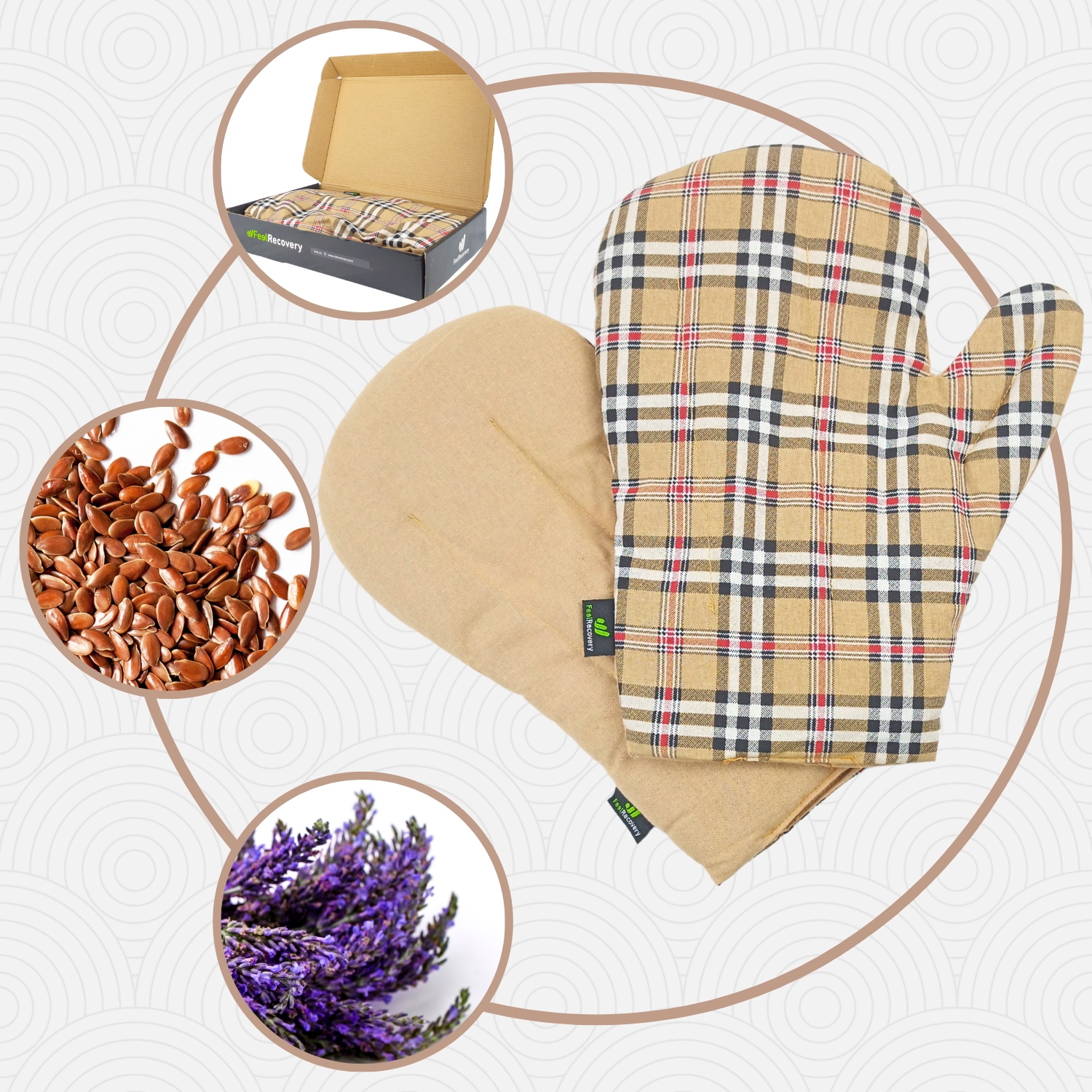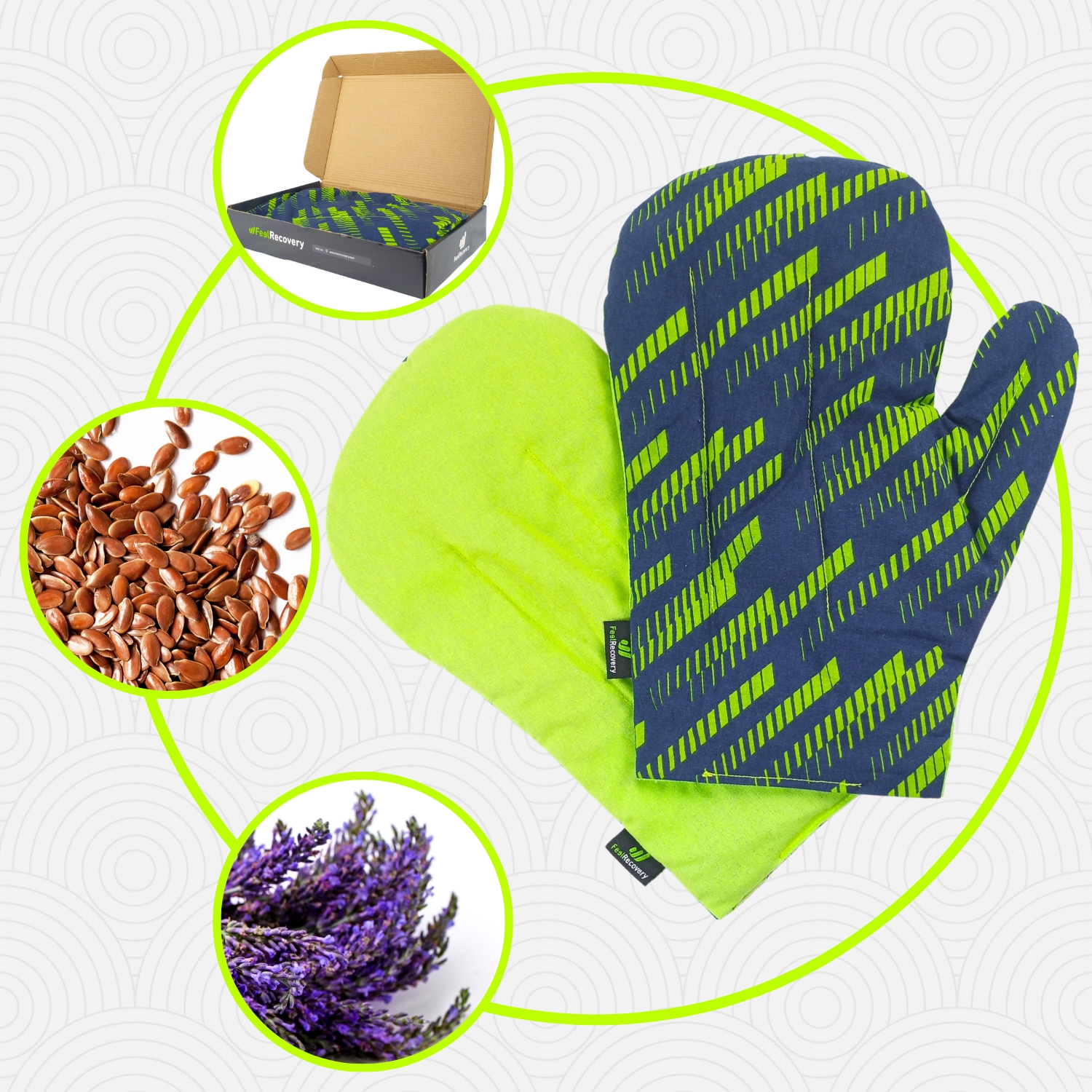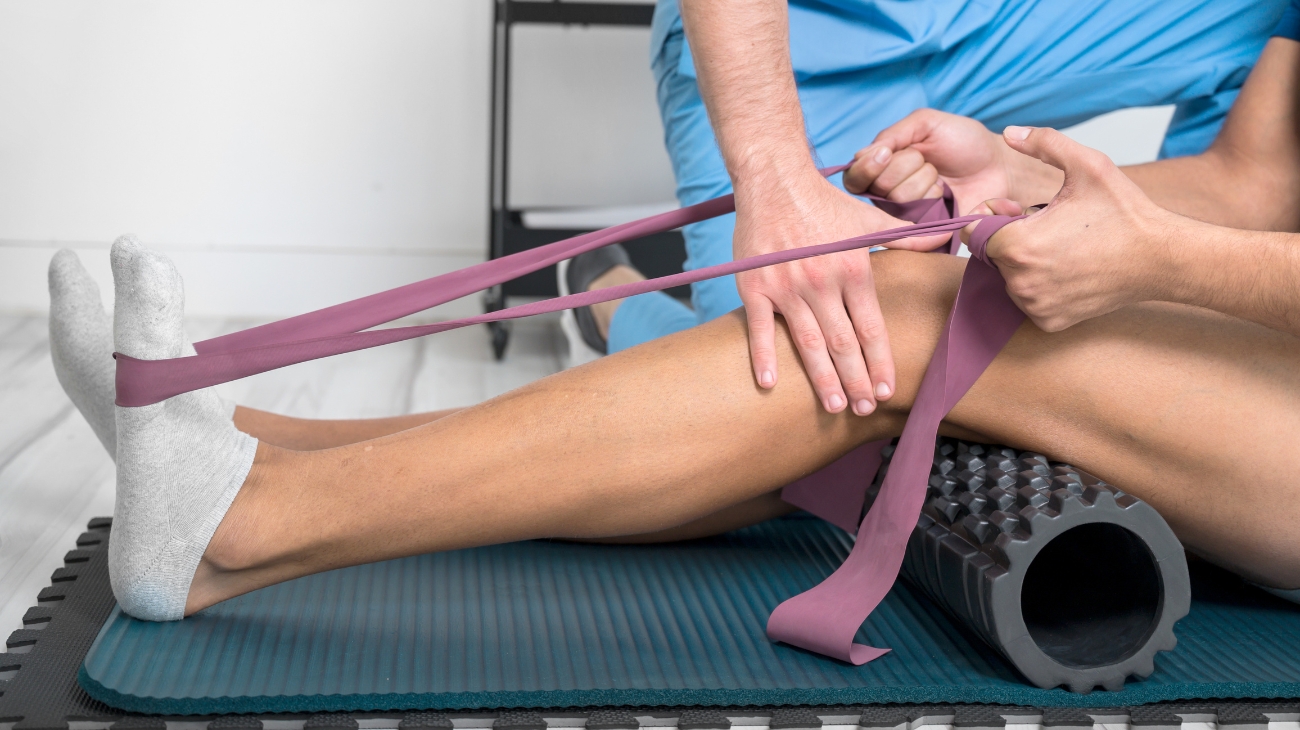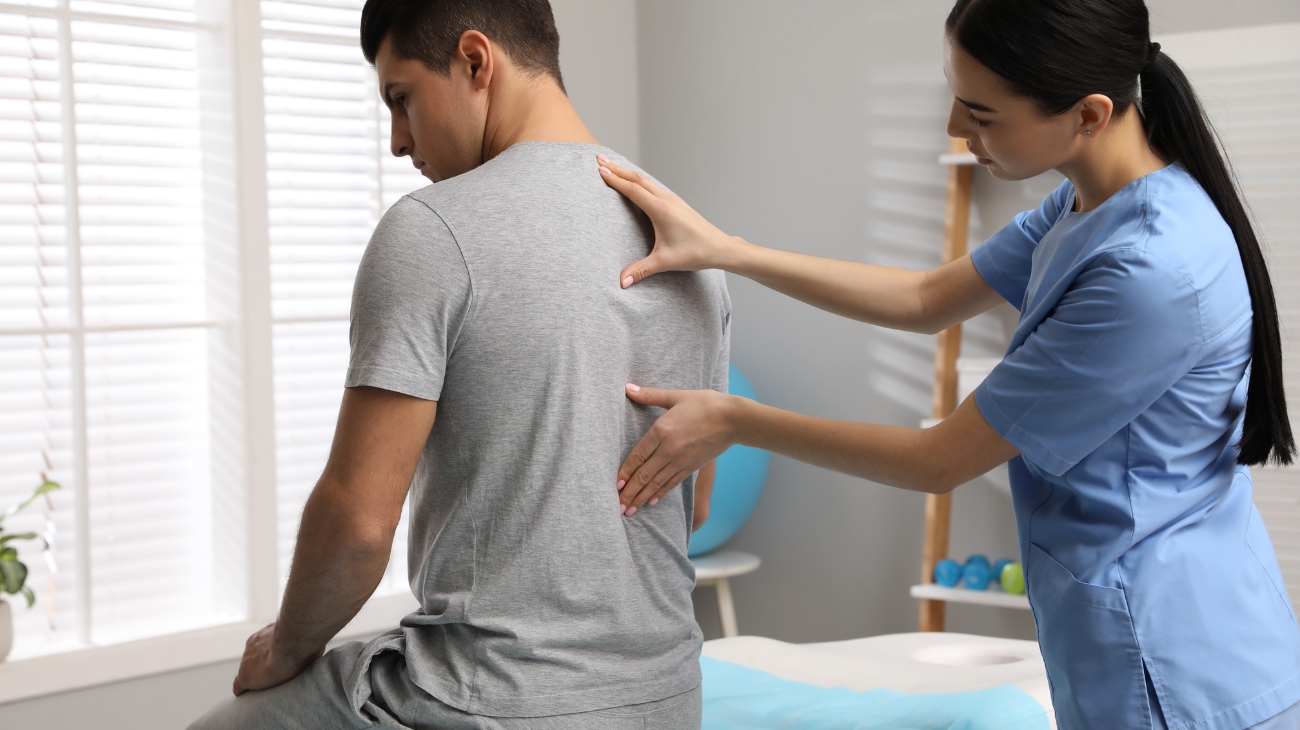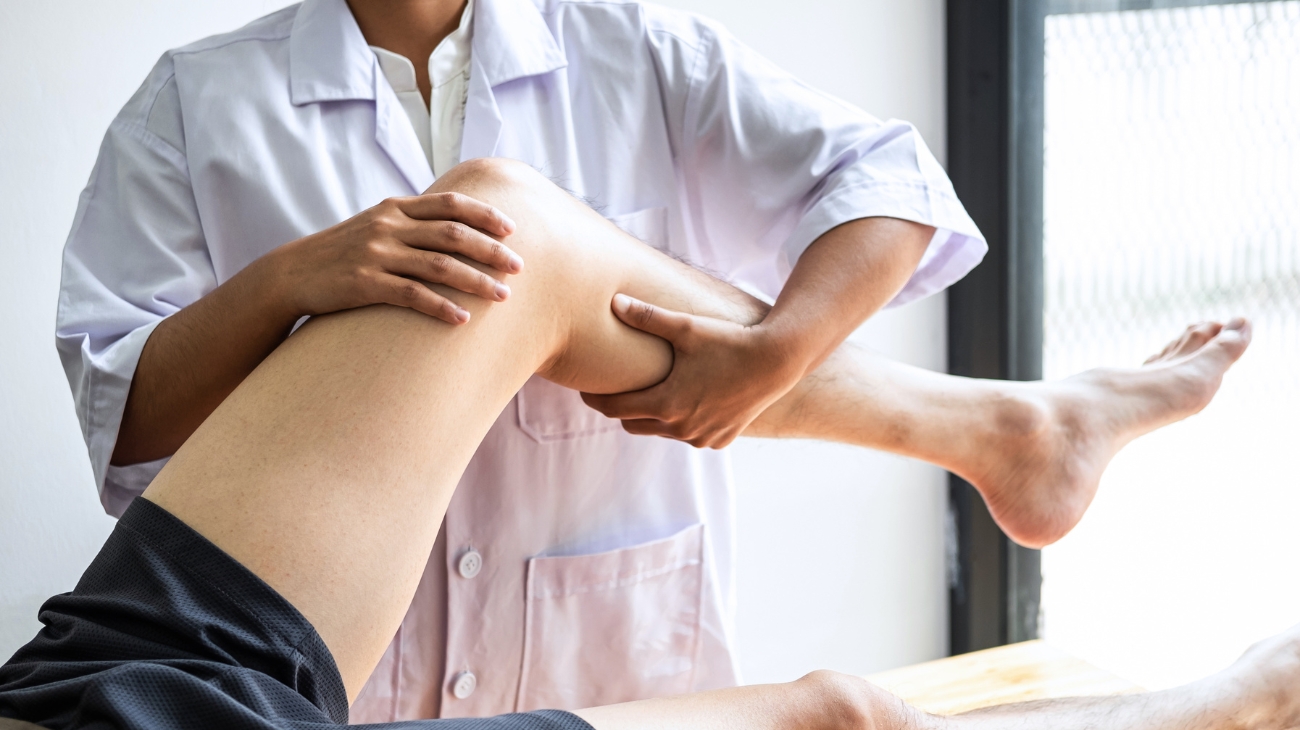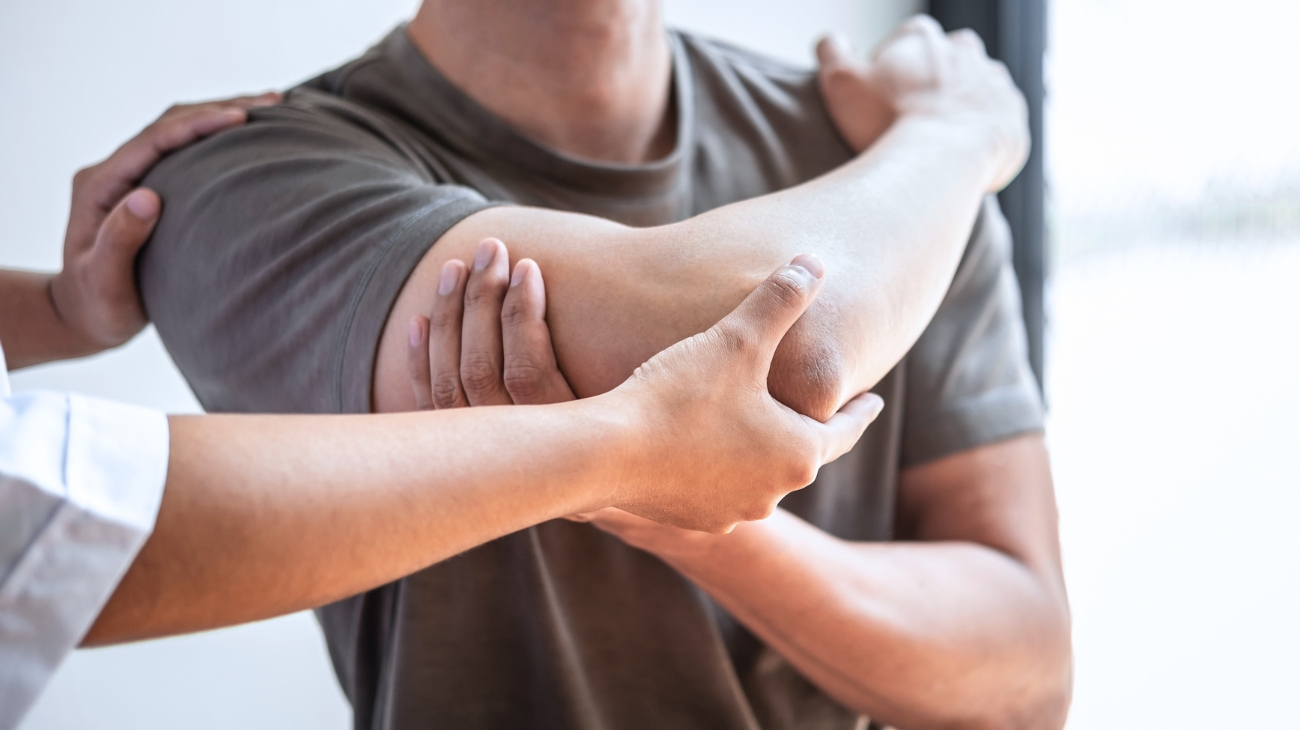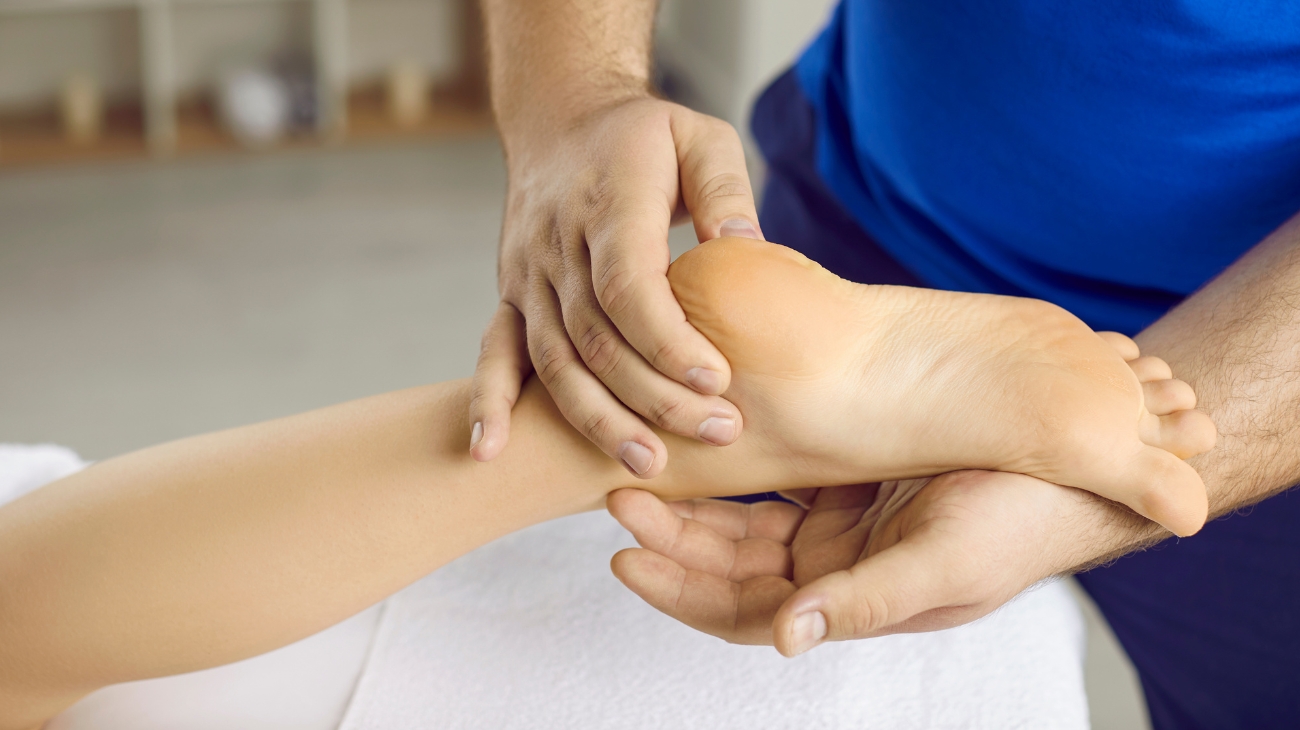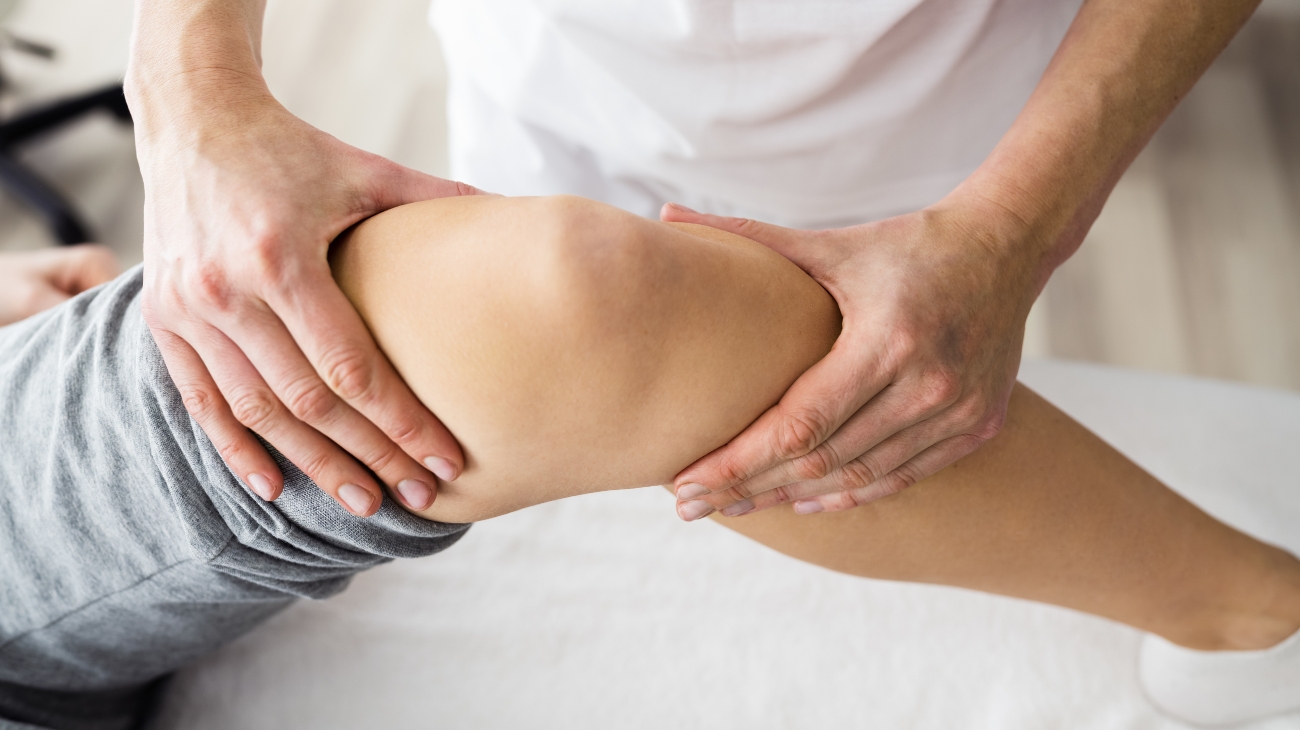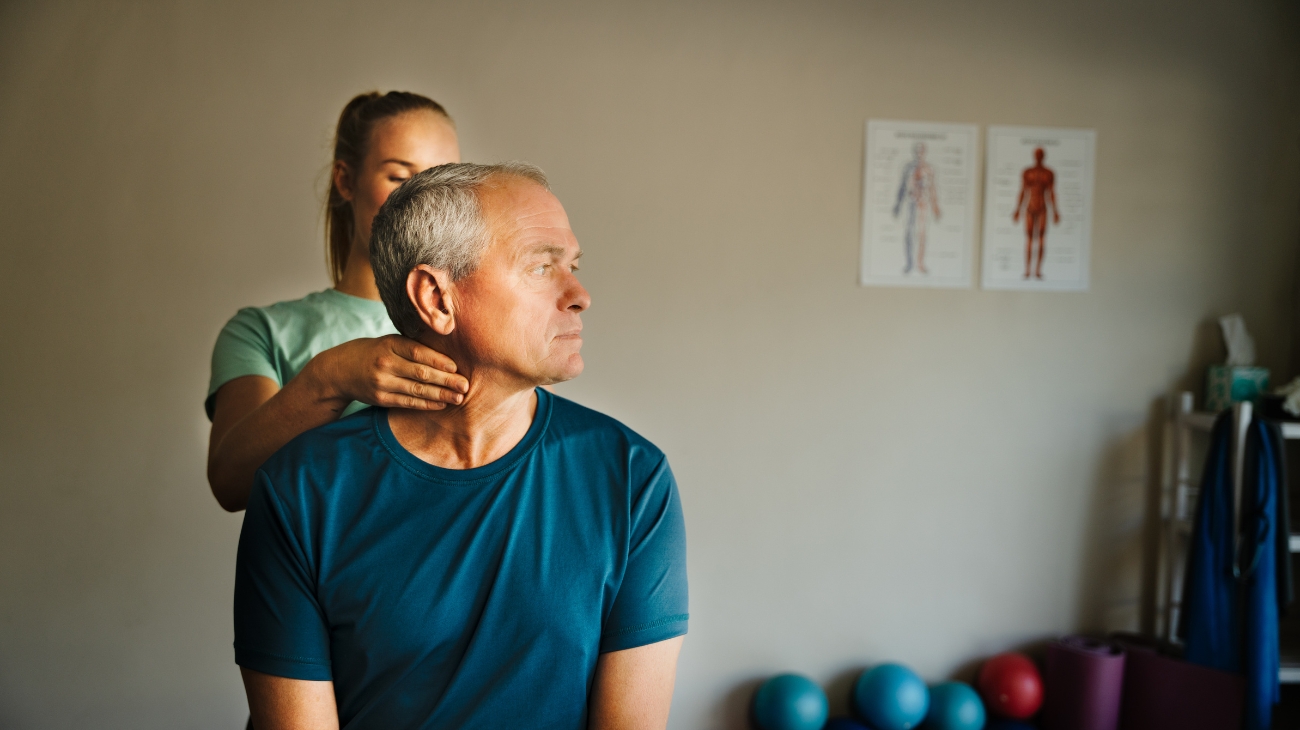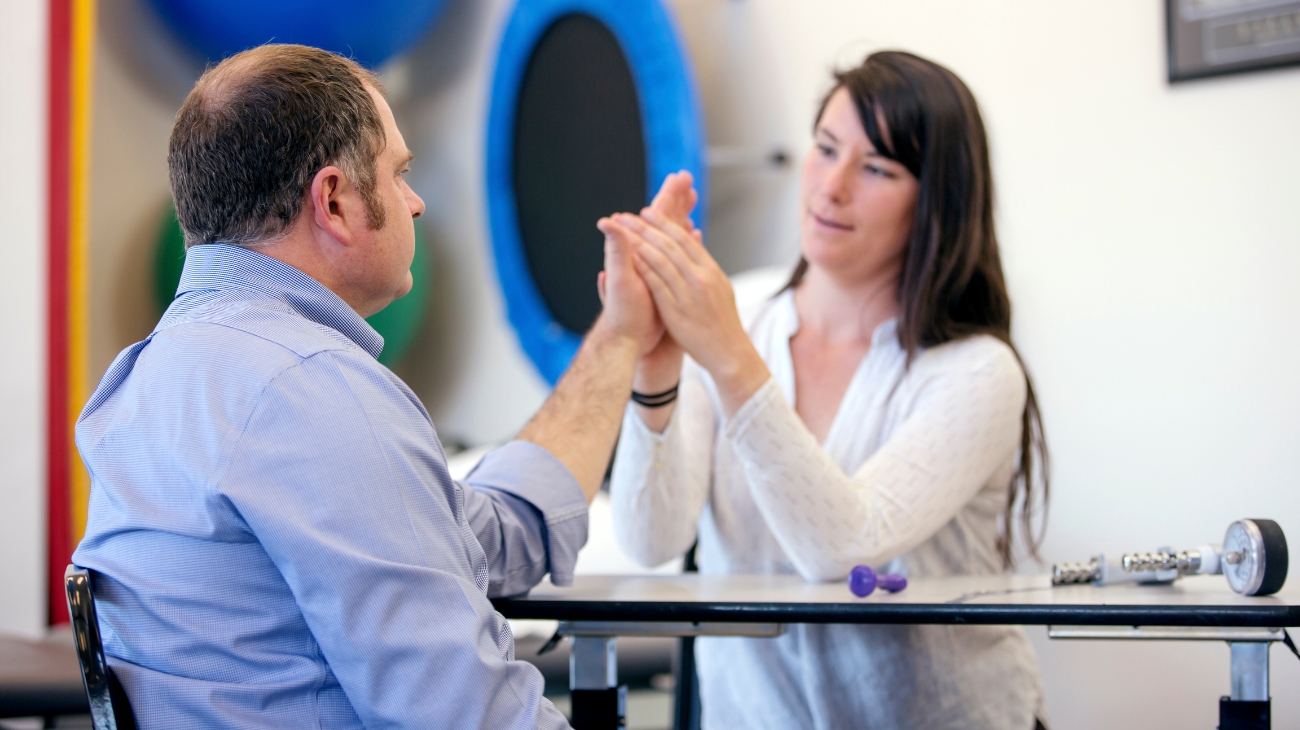Is important to know the best exercises for wrist and hand rehabilitation and pain relief because these areas of the body are essential for daily activities such as grasping, typing, writing, and manipulating objects. Injuries to the wrist and hand can cause significant pain and disability, impacting a person's ability to perform these activities and negatively affecting their quality of life.
By knowing the best exercises for rehabilitation and pain relief, a Manual Physical Therapist can help patients recover from injuries, reduce pain, and restore function. In addition to restoring function and reducing pain, knowing the best exercises for wrist and hand rehabilitation and pain relief can also help prevent future injuries.
Best wrist and hands rehab and mobility exercises
A Manual Physical Therapist can teach patients proper body mechanics and exercises to strengthen the muscles and joints in the wrist and hand, reducing the risk of future injuries. This is particularly important for individuals who engage in activities that place repetitive stress on the wrist and hand, such as typing or playing sports. By taking a proactive approach to rehabilitation and pain relief.
1 - Wrist Circles
Wrist circles are a simple yet effective exercise to enhance wrist mobility and reduce stiffness:
- Sit or stand comfortably with your arms extended in front of you at shoulder height.
- Create a loose fist with both hands, keeping your fingers together.
- Begin by slowly rotating your wrists in a circular motion, moving clockwise.
- Make the circles as large as your wrist allows without causing discomfort.
- After several clockwise rotations, switch to counterclockwise rotations.
- Perform 2-3 sets of 10-15 circles in each direction.
Muscles involved:
- Flexor and Extensor Carpi Radialis: These muscles control wrist flexion and extension during the circles.
- Flexor and Extensor Carpi Ulnaris: These muscles contribute to radial and ulnar deviation.
- Pronator Teres and Supinator: These muscles assist in forearm rotation during the exercise.
2 - Wrist Flexion and Extension (Towel)
Wrist flexion and extension with a towel is a simple yet effective exercise to improve wrist strength and flexibility:
- Sit or stand with your forearm resting on a table or your thigh, palm facing down for flexion or up for extension.
- Hold a small rolled-up towel in your hand, allowing your fingers to hang over the edge.
- For wrist flexion, curl your hand and the towel toward your body, lifting your hand slightly off the surface.
- For wrist extension, uncurl your hand and the towel, moving your hand backward while keeping your forearm stationary.
- Perform each movement slowly and with control.
- Perform 2-3 sets of 10-15 repetitions for each direction.
Muscles involved:
- Wrist Flexion: Flexor Carpi Radialis and Flexor Carpi Ulnaris.
- Wrist Extension: Extensor Carpi Radialis Longus, Extensor Carpi Radialis Brevis, and Extensor Carpi Ulnaris.
3 - Wrist Supination and Pronation (Band)
Wrist supination and pronation with an elastic band is an excellent exercise to strengthen the forearm muscles responsible for these movements:
- Sit or stand with your forearm supported on a table or your thigh, palm facing down for pronation or up for supination.
- Secure one end of the elastic band to a fixed point and hold the other end with your hand.
- Start with your wrist in a neutral position.
- For supination, rotate your palm and forearm upward against the resistance of the band.
- For pronation, rotate your palm and forearm downward.
- Perform each movement slowly and with control.
- Perform 2-3 sets of 10-15 repetitions for each direction.
Muscles involved:
- Supination: Supinator and Biceps Brachii.
- Pronation: Pronator Teres and Pronator Quadratus.
4 - Wrist Flexor Stretches (Band)
Wrist flexor stretches using an elastic band are effective for increasing wrist flexibility and reducing tension in the forearm muscles:
- Sit or stand with proper posture.
- Secure one end of the elastic band to a fixed point.
- Hold the other end of the band with your hand, palm facing up.
- Extend your arm in front of you, keeping it parallel to the ground.
- Keep your elbow straight and your wrist in a neutral position.
- Gently pull your wrist backward by extending your fingers, creating tension in the band.
- Hold the stretch for 15-30 seconds, feeling the stretch along the underside of your forearm.
- Repeat the stretch 2-3 times for each wrist.
Muscles involved:
- Flexor Carpi Radialis and Flexor Carpi Ulnaris: These muscles flex and deviate the wrist and are stretched during this exercise.
5 - Wrist Extensor Stretch (Dumbbell)
The Wrist Extensor Stretch with a dumbbell is an effective way to improve wrist flexibility and alleviate tension in the forearm muscles:
- Sit on a bench or chair with your forearm resting on your thigh or a flat surface, palm facing down.
- Hold a light dumbbell (1-2 pounds) in your hand.
- Allow your wrist to extend naturally, letting the dumbbell pull your hand down.
- Feel a gentle stretch along the top of your forearm.
- Hold the stretch for 15-30 seconds, ensuring it's pain-free.
- Slowly release the dumbbell and return to the neutral position.
- Repeat the stretch 2-3 times for each wrist.
Muscles involved:
- Extensor Carpi Radialis Longus and Brevis: These muscles extend the wrist and are stretched during the exercise.
- Extensor Carpi Ulnaris: This muscle also contributes to wrist extension and is involved in the stretch.
6 - Wrist Ulnar Deviation (Band)
Wrist ulnar deviation with an elastic band is a beneficial exercise to strengthen and improve the flexibility of the wrist and forearm muscles responsible for ulnar deviation:
- Sit or stand with your forearm resting on a surface, palm facing up.
- Secure one end of the elastic band to a fixed point.
- Hold the other end of the band with your hand, fingers pointing toward the floor.
- Keep your wrist in a neutral position to start.
- Initiate the movement by pulling your wrist and hand toward the pinky side of your forearm against the resistance of the band.
- Slowly return to the neutral position.
- Perform 2-3 sets of 10-15 repetitions for each wrist.
Muscles involved:
- Extensor Carpi Ulnaris: This muscle assists in ulnar deviation.
- Flexor Carpi Ulnaris: It also contributes to ulnar deviation and is involved in the exercise.
7 - Wrist Ulnar & Radial Deviation
Wrist ulnar and radial deviation exercises are essential for improving wrist strength and flexibility. Here's how to perform them correctly:
- Sit or stand with your forearm resting on a flat surface, palm facing up.
- Place a small weight (1-2 pounds) in your hand.
- For ulnar deviation, tilt your hand towards the pinky side, raising the weight slightly.
- For radial deviation, tilt your hand towards the thumb side, lifting the weight in the opposite direction.
- Perform each movement slowly and with control.
- Perform 2-3 sets of 10-15 repetitions for each direction.
Muscles involved:
- Ulnar Deviation: Flexor Carpi Ulnaris and Extensor Carpi Ulnaris.
- Radial Deviation: Flexor Carpi Radialis and Extensor Carpi Radialis Longus and Brevis.
8 - Finger grips
Finger grip exercises are essential for strengthening the muscles responsible for finger and hand strength and dexterity:
- Sit or stand comfortably with your forearm resting on a surface, palm facing up.
- Place a soft ball or grip strengthener in your hand.
- Squeeze the ball or grip strengthener as hard as you can, engaging your fingers and thumb.
- Hold the squeeze for 5-10 seconds.
- Release the grip and relax for a moment.
- Repeat the exercise for 10-15 repetitions for each hand.
Muscles involved:
- Flexor Digitorum Profundus and Superficialis: These muscles flex the fingers and are essential for grip strength.
- Thumb Muscles: Muscles controlling thumb flexion and opposition also contribute.
- Intrinsic Hand Muscles: Small muscles within the hand provide stability and fine motor control.
9 - Finger Abduction (Band)
Finger abduction with an elastic band is a beneficial exercise for strengthening the muscles that control finger movement away from the centerline of the hand:
- Sit or stand comfortably with your hand in a relaxed, palm-down position.
- Secure one end of the elastic band to a fixed point.
- Place your fingers inside the loop of the band.
- Start with your fingers close together.
- Gently spread your fingers apart against the resistance of the band.
- Hold the stretch for a few seconds, then release and return to the starting position.
- Perform 2-3 sets of 10-15 repetitions for each hand.
Muscles involved:
- Dorsal Interossei Muscles: These muscles control the abduction (spreading) of the fingers.
- Lumbrical Muscles: These muscles also assist in finger abduction and are involved in the exercise.
10 - Finger Thumb Range of Motion
Finger-thumb range of motion exercises are essential for maintaining the dexterity and flexibility of the fingers and thumb:
- Sit or stand with your hand in a relaxed position.
- Begin with your fingers straight and your thumb extended away from your hand.
- Slowly bring your thumb and each finger together one at a time, creating a circular motion.
- Open your hand back to the starting position, extending your thumb and fingers as wide apart as possible.
- Repeat this circular motion for each finger-thumb pair.
- Perform 2-3 sets of 10-15 repetitions for each hand.
Muscles involved:
- Thumb Muscles: Muscles controlling thumb flexion, extension, and abduction are engaged.
- Finger Muscles: Muscles responsible for finger flexion and extension are involved.
- Intrinsic Hand Muscles: Small muscles within the hand provide fine motor control and support the finger-thumb movement.
Best products for hand and wrist pain relief
Bestseller
-
2 Mittens: Microwave Arthritis Gloves (Hearts)
$29.95 -
2 Mittens: Microwave Arthritis Gloves (Oxford)
$29.95 -
2 Mittens: Microwave Arthritis Gloves (Sport)
$29.95 -
Foot Massage Roller for Plantar Fasciitis (Black)
$24.95 -
Foot Massage Roller for Plantar Fasciitis (Green)
$24.95 -
Foot Massage Roller for Plantar Fasciitis (Pink)
$24.95 -
Microwaveable Heating Pad for Pain Relief (Hearts)
$24.95 -
Microwaveable Heating Pad for Pain Relief (Oxford)
$24.95 -
Microwaveable Heating Pad for Pain Relief (Sport)
$24.95
Most common wrist and hand injuries
Some of the most common wrist and hand injuries that I encounter include:
- Carpal Tunnel Syndrome: This occurs when the median nerve, which runs from the forearm to the hand, becomes compressed as it passes through the wrist.
- Wrist Sprains: This happens when the ligaments that connect the bones in the wrist are stretched or torn.
- De Quervain's Tenosynovitis: This is a condition where the tendons that control the movement of the thumb become inflamed.
- Trigger Finger: This occurs when the tendons in the fingers become inflamed and do not glide smoothly through the tendon sheaths.
- Tennis Elbow: Although the name suggests an elbow injury, tennis elbow can also affect the wrist and hand. It occurs when the tendons that attach to the lateral epicondyle of the elbow become inflamed and cause pain in the forearm, wrist, and hand.
- Fractures: Fractures of the bones in the wrist and hand are common injuries, particularly in sports or activities that involve high impact or falls.
- Tendinitis: This is an inflammation of the tendons in the wrist or hand, usually caused by repetitive stress.
Benefits of rehab exercises for hand and wrist injuries
Some benefits of performing rehabilitation and mobility exercises for wrist and hand injuries. Here are some of the benefits:
- Reduced Pain: Rehabilitation exercises can help reduce pain by promoting blood flow and reducing inflammation. This can improve range of motion and reduce stiffness, which can alleviate pain.
- Improved Strength: Strengthening exercises can help rebuild the muscles in the wrist and hand that may have weakened due to injury or disuse. This can improve grip strength and overall function.
- Improved Range of Motion: Mobility exercises can help increase flexibility and range of motion in the wrist and hand. This can be particularly helpful for individuals who have had a cast or splint on their wrist or hand for an extended period.
- Improved Function: Rehabilitation and mobility exercises can help individuals regain function in their wrist and hand, allowing them to perform daily activities such as writing, typing, and grasping objects.
- Reduced Risk of Future Injuries: By strengthening the muscles and joints in the wrist and hand, rehabilitation exercises can help reduce the risk of future injuries. This can be particularly beneficial for individuals who engage in repetitive activities that place stress on the wrist and hand.
- Avoiding Surgery: In some cases, rehabilitation and mobility exercises can help individuals avoid surgery or other invasive treatments for their wrist and hand injuries.
Overall, performing rehabilitation and mobility exercises for wrist and hand injuries can help individuals reduce pain, improve function, and avoid future injuries. It is important to work with a Manual Physical Therapist to develop a personalized rehabilitation program that addresses the individual's specific needs and goals.
F.A.Q: Frequently asked questions
References
- Mulders, M. A. M., Sulkers, G. S. I., Videler, A. J., Strackee, S. D., & Smeulders, M. J. C. (2018). Long-term functional results of a wrist exercise program for patients with palmar midcarpal instability. Journal of Wrist Surgery, 7(03), 211-218. https://www.thieme-connect.com/products/ejournals/abstract/10.1055/s-0037-1612594
- Krischak, G. D., Krasteva, A., Schneider, F., Gulkin, D., Gebhard, F., & Kramer, M. (2009). Physiotherapy after volar plating of wrist fractures is effective using a home exercise program. Archives of physical medicine and rehabilitation, 90(4), 537-544. https://www.sciencedirect.com/science/article/abs/pii/S0003999309000045
- Menta, R., Randhawa, K., Cote, P., Wong, J. J., Yu, H., Sutton, D., ... & Taylor-Vaisey, A. (2015). The effectiveness of exercise for the management of musculoskeletal disorders and injuries of the elbow, forearm, wrist, and hand: a systematic review by the Ontario Protocol for Traffic Injury Management (OPTIMa) collaboration. Journal of manipulative and physiological therapeutics, 38(7), 507-520. https://www.sciencedirect.com/science/article/pii/S0161475415000640
- Hutzler, Y., Rodríguez, B. L., Laiz, N. M., Díez, I., & Barak, S. (2013). The effects of an exercise training program on hand and wrist strength, and function, and activities of daily living, in adults with severe cerebral palsy. Research in developmental disabilities, 34(12), 4343-4354. https://www.sciencedirect.com/science/article/abs/pii/S0891422213004095
- Holtzhausen, L. M., & Noakes, T. D. (1996). Elbow, forearm, wrist, and hand injuries among sport rock climbers. Clinical journal of sport medicine, 6(3), 196-203. https://journals.lww.com/cjsportsmed/Abstract/1996/07000/Elbow,_Forearm,_Wrist,_and_Hand_Injuries_Among.10.aspx
- Blanquero, J., Cortés-Vega, M. D., Rodríguez-Sánchez-Laulhé, P., Corrales-Serra, B. P., Gómez-Patricio, E., Díaz-Matas, N., & Suero-Pineda, A. (2020). Feedback-guided exercises performed on a tablet touchscreen improve return to work, function, strength and healthcare usage more than an exercise program prescribed on paper for people with wrist, hand or finger injuries: a randomised trial. Journal of Physiotherapy, 66(4), 236-242. https://www.sciencedirect.com/science/article/pii/S1836955320301077
- Rettig, A. C. (2003). Athletic injuries of the wrist and hand. The American journal of sports medicine, 31(6), 1038-1048. https://journals.sagepub.com/doi/abs/10.1177/03635465030310060801
- Hagert, E. (2010). Proprioception of the wrist joint: a review of current concepts and possible implications on the rehabilitation of the wrist. Journal of Hand Therapy, 23(1), 2-17. https://www.sciencedirect.com/science/article/abs/pii/S0894113009001288
- Webb, B. G., & Rettig, L. A. (2008). Gymnastic wrist injuries. Current sports medicine reports, 7(5), 289-295. https://journals.lww.com/acsm-csmr/Fulltext/2008/09000/Gymnastic_Wrist_Injuries.13.aspx
- Jaworski, C. A., Krause, M., & Brown, J. (2010). Rehabilitation of the wrist and hand following sports injury. Clinics in sports medicine, 29(1), 61-80. https://www.sportsmed.theclinics.com/article/S0278-5919(09)00072-6/fulltext



